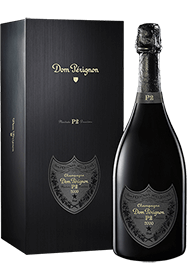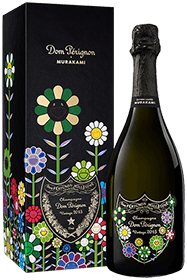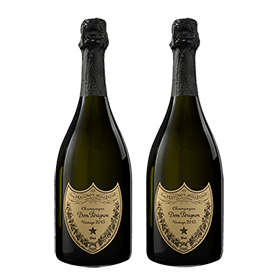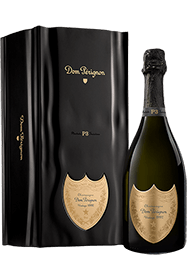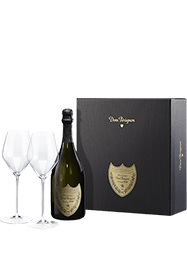It is in the heart of the secular stones of the splendid abbey of Hautvillers that a name is about to enter the legend of champagne: Dom Pérignon. Without knowing it, the illustrious Benedictine monk has bequeathed his name to one of the most prestigious Champagne houses.
Location and Area
The House owns a vineyard ideally situated between the Montagne de Reims and the Marne Valley, in the heart of Champagne. The estate brings together prestigious parcels from 17 Grands Crus, mainly planted with pinot noir and chardonnay. Protected by the Reims forest, the vines benefit from a chalky terroir and a semi-continental climate, offering optimal conditions for exceptional wines.
A Secular History
The House's name pays tribute to Dom Pierre Pérignon, a Benedictine monk born in 1638, cellar master of Hautvillers abbey from 1668. An emblematic figure of Champagne viticulture, he is considered the "spiritual father of champagne" for having revolutionized winemaking, perfected blending and introduced innovations in the design of precious bottles.
The Dom Pérignon brand, as we know it today, came to life at the beginning of the 20th century under the impetus of Moët & Chandon house. Since then, Dom Pérignon has established itself as a historical reference in the champagne universe.
Vincent Chaperon succeeded Richard Geoffroy as Dom Pérignon's cellar master on January 1st, 2019, following many years of collaboration. For twenty-eight years, Richard Geoffroy shaped the House's vintages before passing the torch to Vincent Chaperon, who continues this heritage today while bringing his own sensitivity to it.
An Exceptional Terroir
Geology, Climate and Cultural Practices
The predominantly chalky soils, characteristic of the region, offer optimal drainage and bring a singular minerality to the wine. The semi-continental climate, marked by cold winters and temperate summers, allows slow ripening of the grapes, source of great aromatic complexity. Each parcel is carefully maintained to preserve its own character, and the particularly rigorous selection of grapes aims for excellence with each vintage. Moreover, Dom Pérignon is committed to responsible viticulture, in accordance with the environmental commitments of the Moët Hennessy group.
Production and Aging
The pressing, slow and delicate, preserves the purity of the juice. Aging in the cellar is extended, from 7 to 8 years minimum for classic cuvées and up to 16 or even 25 years for Plénitude, bringing depth and refinement to the wine.
The Style of Dom Pérignon House Wines
Dom Pérignon Vintage: Vintage champagnes made from the best grapes of a single year, these wines benefit from aging of at least eight years, giving them remarkable complexity that combines freshness, finesse and power.
Dom Pérignon Gift Sets and Special Editions: Dom Pérignon offers exceptional gift sets, often in collaboration with contemporary artists, true collector's items that sublimate the House's bottles.
Dom Pérignon Plénitude: This collection includes cuvées that have benefited from extended aging in the cellar, revealing different stages of evolution. Plénitude 2 (P2), for example, ages about 15 years to offer exceptional depth and structure. Several phases (P1, P2, P3) express the wine's full maturity.
Dom Pérignon Rosé: Available in Vintage and Plénitude cuvées, the rosé marries the vivacity of pinot noir with the finesse of chardonnay, for elegant, structured cuvées of great complexity.
Some of the most beautiful cuvées from Dom Pérignon House are also available in magnum, a prestigious format appreciated by the most demanding enthusiasts.






